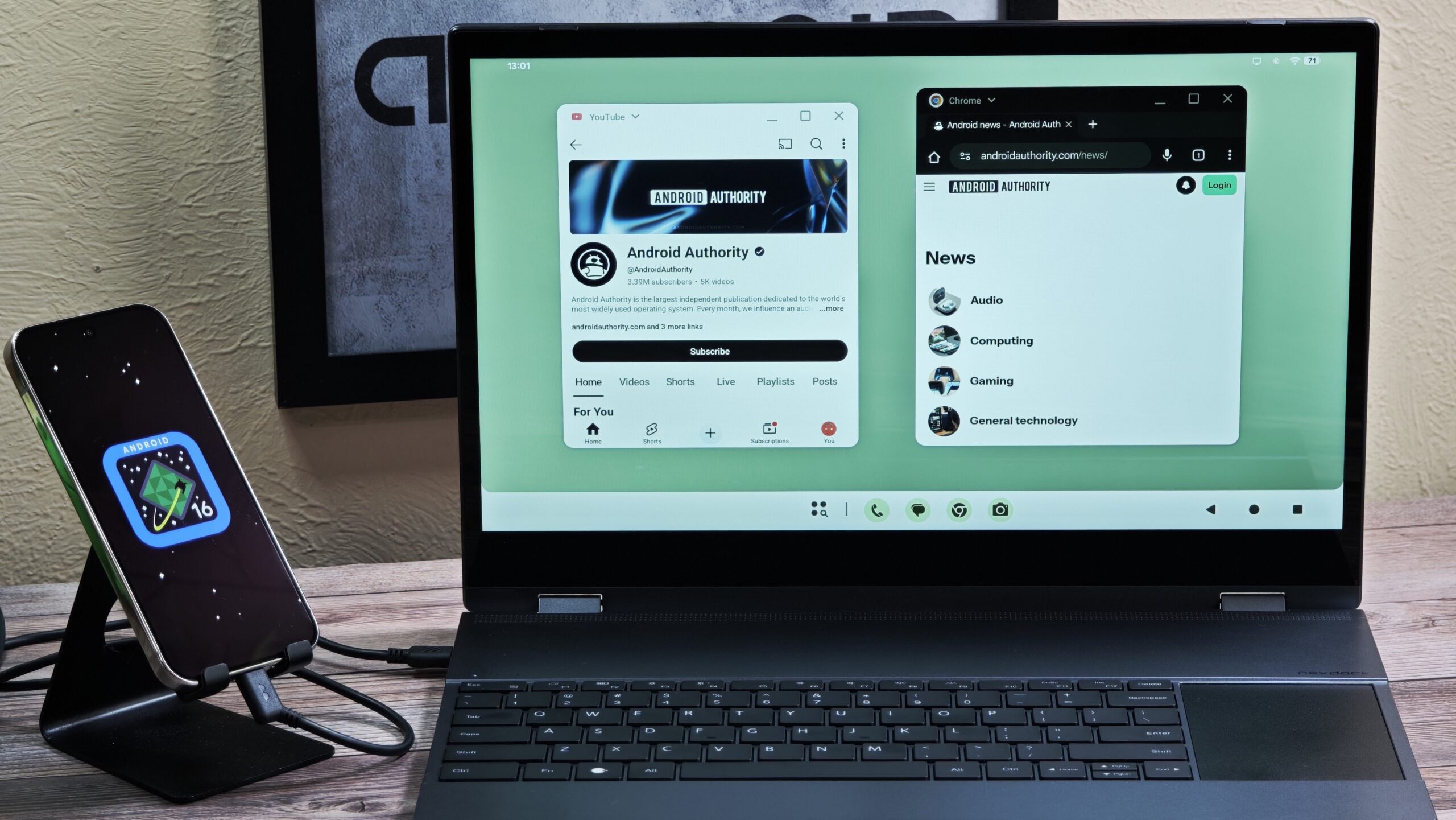Daichi Hirano, Hitoshi Kuninaka, Shinichiro Sakai and Masatsugu Otsuki, from Japan Aerospace Exploration Agency (JAXA), are seen in front of a screen presenting an image taken by LEV-2 on the moon after their press conference on SLIM’s moon landing mission, in Tokyo, Japan, on January 25, 2024. Photo by Kim Kyung-Hoon/Reuters
TOKYO (AP) — Japan’s space agency announced Thursday that its inaugural lunar mission successfully reached the designated spot on the moon’s surface, marking a successful demonstration of its precise landing system, despite the probe appearing to be positioned upside-down.
Japan joined the exclusive club of countries that have reached the moon when the Smart Lander for Investigating Moon, or SLIM, landed on the Moon early on Saturday. However, challenges with the probe’s solar batteries initially made it difficult to confirm the accuracy of the landing spot.
While previous probes typically used landing zones about 10 kilometers (six miles) wide, SLIM was targeting a specific area of just 100 meters (330 feet). This enhanced precision would enable scientists to access more of the moon by placing probes closer to obstacles.
The main engine of the lander experienced a loss of thrust about 50 meters (54 yards) above the moon’s surface, resulting in a landing that was rougher than planned.
Prior to the touchdown, a pair of autonomous probes released by SLIM captured images of the box-shaped vehicle on the surface, although it appeared to be upside down.
Following several days of data analysis, the Japan Aerospace Exploration Agency (JAXA) determined that the spacecraft had landed about 55 meters (60 yards) away from its target, between two craters near the Shioli crater, an area covered in volcanic rock.
However, following the landing mishap, the craft’s solar panels ended up facing the wrong direction, rendering it unable to generate power. Officials expressed optimism that the probe could potentially recharge when the Moon enters its daytime in the days ahead.
JAXA project manager Shinichiro Sakai expressed that the images transmitted back were akin to what he had envisioned and seen in computer renderings.
For the precise landing, Sakai praised SLIM and spoke of giving it a “perfect score.”
“We demonstrated that we can land where we want,” Sakai declared. “We opened a door to a new era.”
The LEV-1, a hopping robot equipped with an antenna and a camera, was responsible for recording SLIM’s landing and sending images back to earth. The LEV-2, a baseball-sized rover, fitted with two cameras, was developed by JAXA in collaboration with Sony, toymaker Tomy Co., and Doshisha University.
Both autonomous probes independently select and frame images, utilizing LEV-1’s antenna to transmit them back to base.
Daichi Hirano, a JAXA scientist who designed LEV-2, also referred to as Sora-Q, mentioned that it chose images containing SLIM and the nearby lunar surface and sent the images through LEV-1, making the pair the world’s first to achieve this mission. Amid the rush, the probes captured and transmitted 275 images.
Japan’s successful moon landing follows the achievements of the United States, the Soviet Union, China, and India in reaching the moon’s surface.
The project was the result of two decades of precision technology development by JAXA.
JAXA has a history of accomplishing challenging landings. Its Hayabusa2 spacecraft, launched in 2014, landed twice on the 900-meter-long (3,000-foot-long) asteroid Ryugu, collecting samples that were subsequently returned to Earth.
Dubbed “the Moon Sniper,” SLIM aimed to uncover clues about the moon’s origin, including analyzing minerals with a specialized camera.
SLIM was launched on a Mitsubishi Heavy H2A rocket in September. It initially orbited Earth and entered lunar orbit on December 25.
Japan aspires to rebuild confidence in its space technology following a series of setbacks. In April, a spacecraft designed by a Japanese company crashed during a lunar landing attempt, and a new flagship rocket failed its maiden launch in March.
Left:
Daichi Hirano, Hitoshi Kuninaka, Shinichiro Sakai, and Masatsugu Otsuki from Japan Aerospace Exploration Agency (JAXA), are seen in front of a screen displaying an image taken by LEV-2 on the moon, after their press conference on SLIM’s moon landing mission, in Tokyo, Japan, on January 25, 2024. Photo by Kim Kyung-Hoon/Reuters















